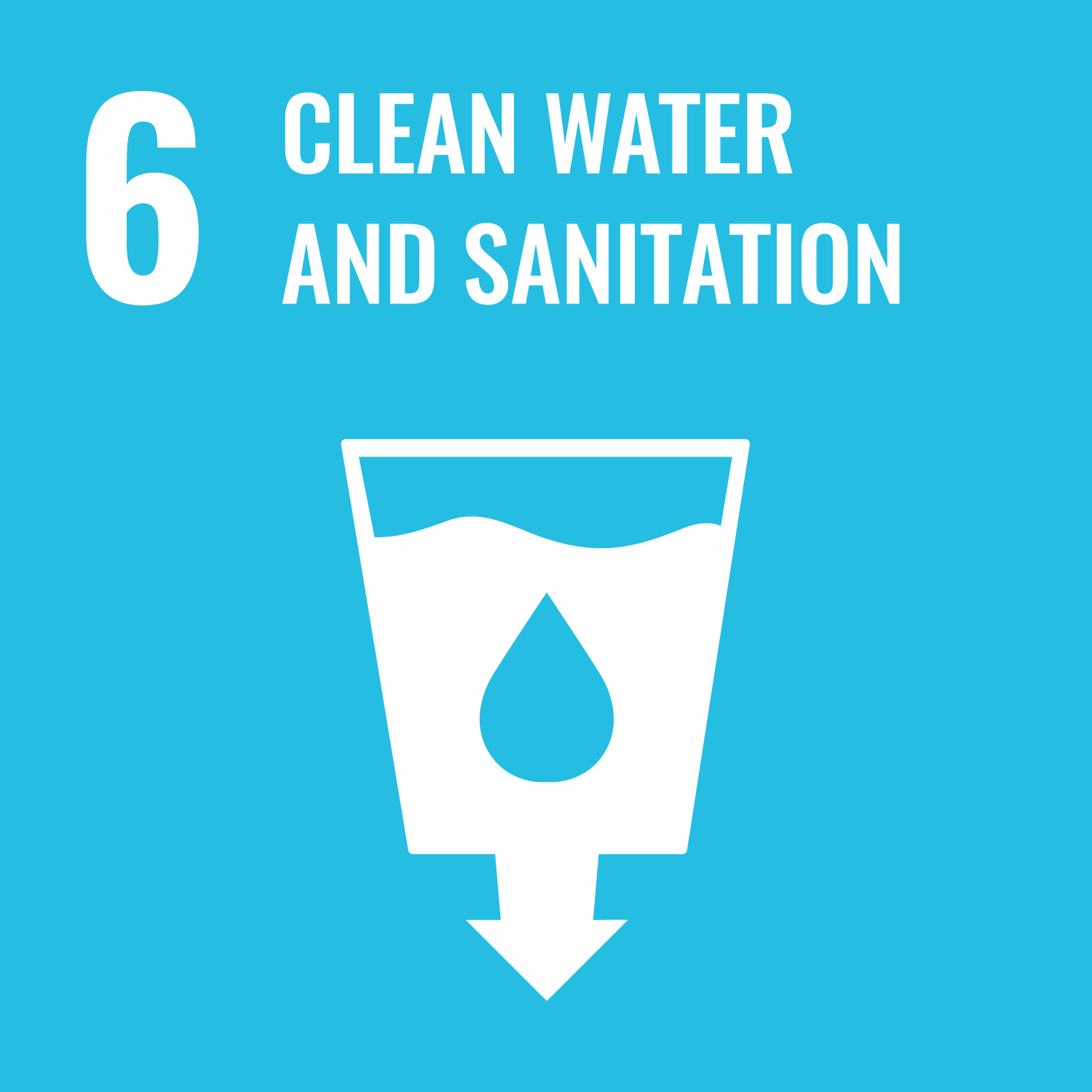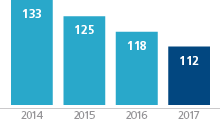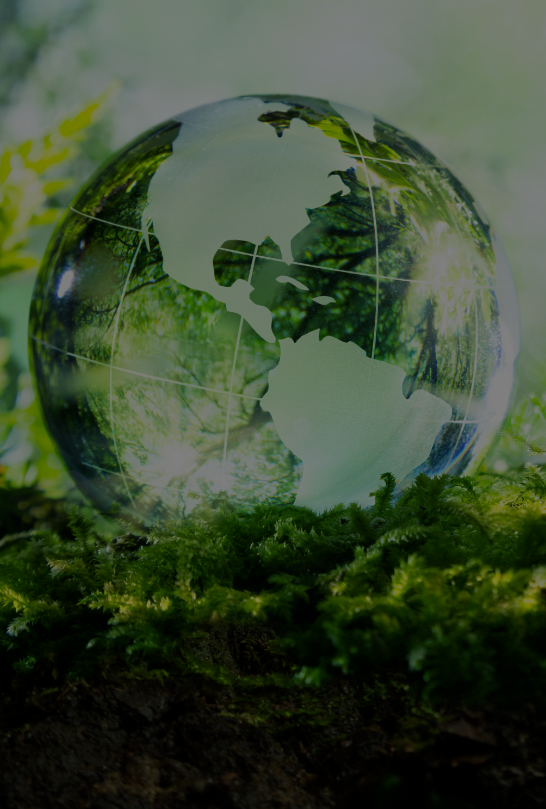Saving water across our operations - reduce, reuse, recycle

Water is a vital resource. Water scarcity is a pressing issue in several parts of the world where we operate. It threatens ecosystems and communities, and it can be a material risk for businesses like ours that depend on water. Indeed, as a manufacturing business we depend on water as a resource and we are very conscious of using water in a responsible and efficient way.
We are always looking for alternatives to using water to limit the impact on local communities. We are continuously working toward reducing our water consumption and returning it to the natural environment after suitable treatment. We also try to recycle the water we extract so that it is reused in our manufacturing processes, thus reducing the load on the environment.
Overall, in 2017, we used 7.9 million cubic meters of water to manufacture Coats products, which is a 3% reduction compared to 2016. This equates to 112 litres per kilo of dyed product in 2017, which is 5% down from 2016. Over the past few years we have focused particularly on our water consumption and encouraged further use of reusable sources across our operations.
Water used per unit of production (litres per kg dyed product)

Water reduction project in Vietnam
To help address the water scarcity issue, Coats is working hard to reduce water consumption at our manufacturing sites. Dyeing processes are particularly water intensive.
Our site in Ho Chi Minh City has been continuously reducing water consumption in the last three years. In 2014, they were using 115 litres of water per kilo of thread produced (l/kg) but through careful monitoring and smart investment, it was down to 65 l/kg by the end of 2017. This is a 40% overall reduction in water consumption at this site.
The site is now focussing on the scope for further reductions and has invested in multiple water meters to track precisely where the water is used, and where inefficient use or wastage might be occurring. A zero based study of processes on the site has identified an absolute minimum requirement of 23 l/kg, and the target is to work closer towards this.
Water recovery plants and Zero Liquid Discharge plants in India and Sri Lanka
Over several years we have been installing water recycling systems in our major plants. These require the use of reverse osmosis (RO) systems in order to achieve a high level of water recovery from the process effluent. Our 2 main plants in India and our plant in Sri Lanka are all now achieving or well on the way to recycling over 90% of their effluent. In the case of the two Indian plants, in Faridabad and Ambassamudrum we are also implementing Zero Liquid Discharge (ZLD) whereby the remaining effluent is dried to make for easier disposal of the residue. The Faridabad system was operational from early 2017 and the Ambassamudrum system started in late 2017 and will be fully functional in April 2018. In these locations ZLD is a regulatory requirement.
As a result of these investments nearly 500 million litres of water was recycled in India and Sri Lanka during 2017.
We are determined to continue using and conserving water in an efficient way and will keep looking for more ways to save water going forward.

